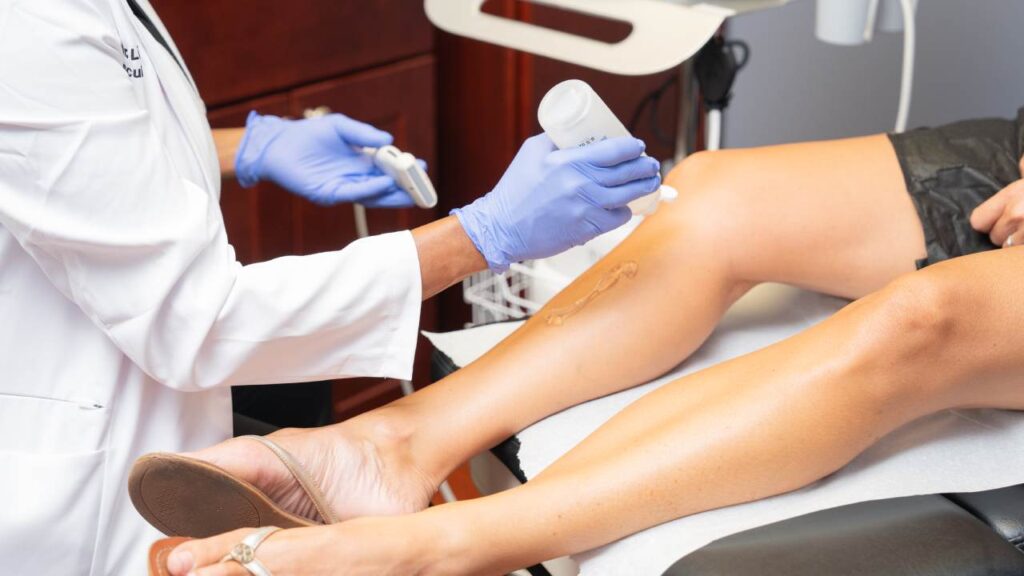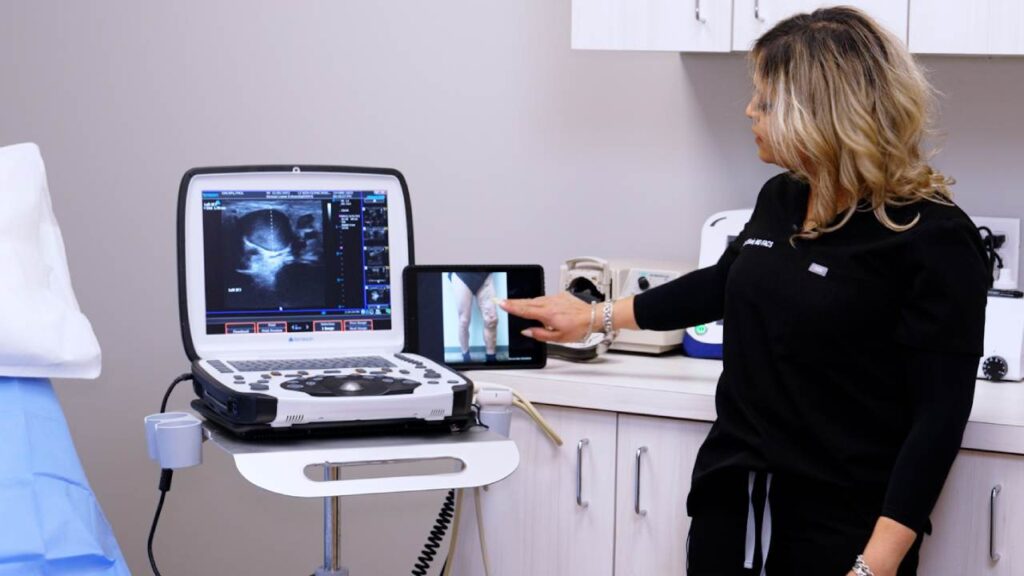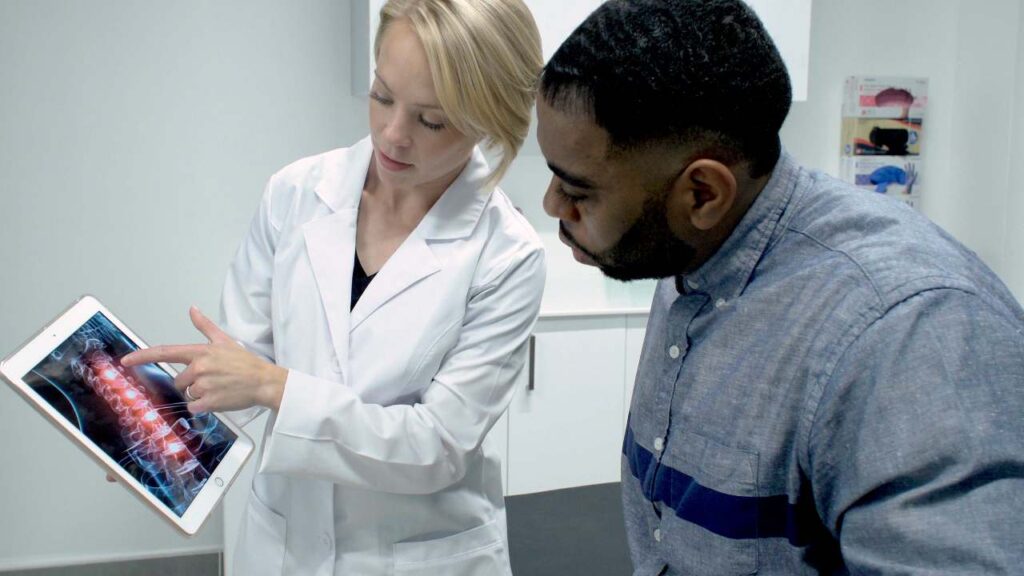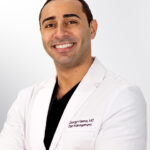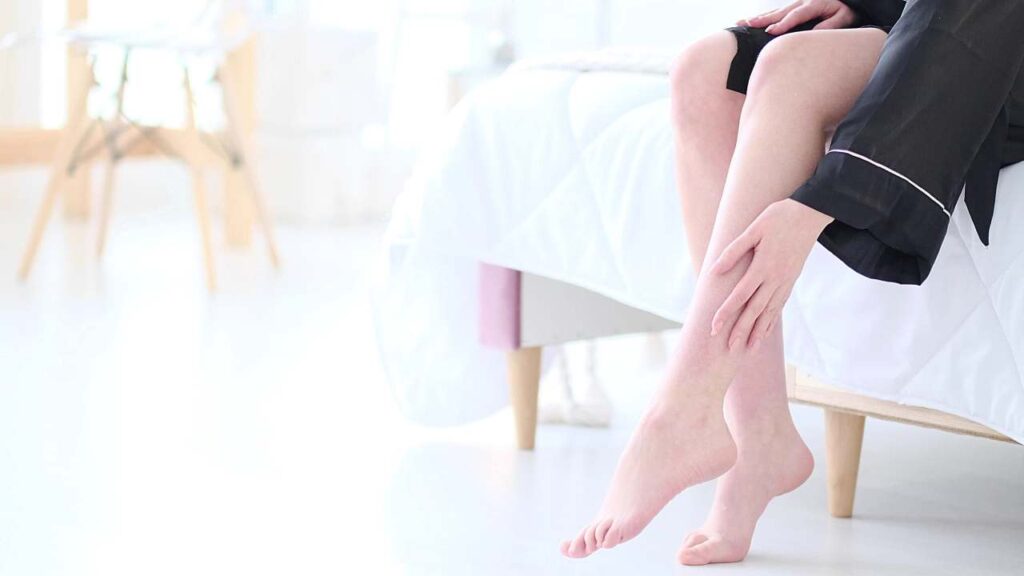There is a common misperception about varicose veins – that they are only a cosmetic problem. In truth, they can present health risks. Dr. Michael Nguyen, lead physician at Vein Institute & Pain Centers of America, encourages patients to consider the consequences of venous insufficiency before choosing a treatment provider in Manhattan.
Venous insufficiency
Many people use the terms “venous insufficiency� and “varicose veins� interchangeably, but there is a difference. Venous insufficiency is failure of veins to circulate blood properly. It results in blood pooling the lower extremities, a situation that causes varicose veins.
Associated health problems
- Discomfort –Leg pain, cramps, aching, itching, and swelling.
- Bleeding– Skin becomes thinner as we age. This can result in spontaneous and significant loss of blood from varicose veins, with little or no pain. Even a slight bump or clothing rubbing can be dangerous.
- ST –Superficial thrombophlebitis is inflammation of a vein just beneath the surface of skin from decreased flow of blood. The vein feels firm, warm, and tender. Skin is red and there is commonly localized swelling and pain. Without treatment, ST may progress into a severe condition called deep vein thrombosis – a blood clot in a deep vein.
- CVI –Vein disease is progressive.Failure to treat varicose veins may result in chronic venous insufficiency. Skin becomes dry, scaly, and discolored (stasis dermatitis).
- Ulcers –Enlarged veins do not drain fluids away from skin efficiently. Swollen skin receives insufficient oxygenation, and ulcers form. These open sores can be difficult to heal, especially for diabetic patients.
Benefits of specialized care
While a family physician may accurately diagnose vein problems, the potential consequences of venous insufficiency are serious. In Manhattan, patients trust their health and appearance to the specialized care of Vein Institute & Pain Centers of America. Call (212) 810-9525 to schedule an examination and consultation.

